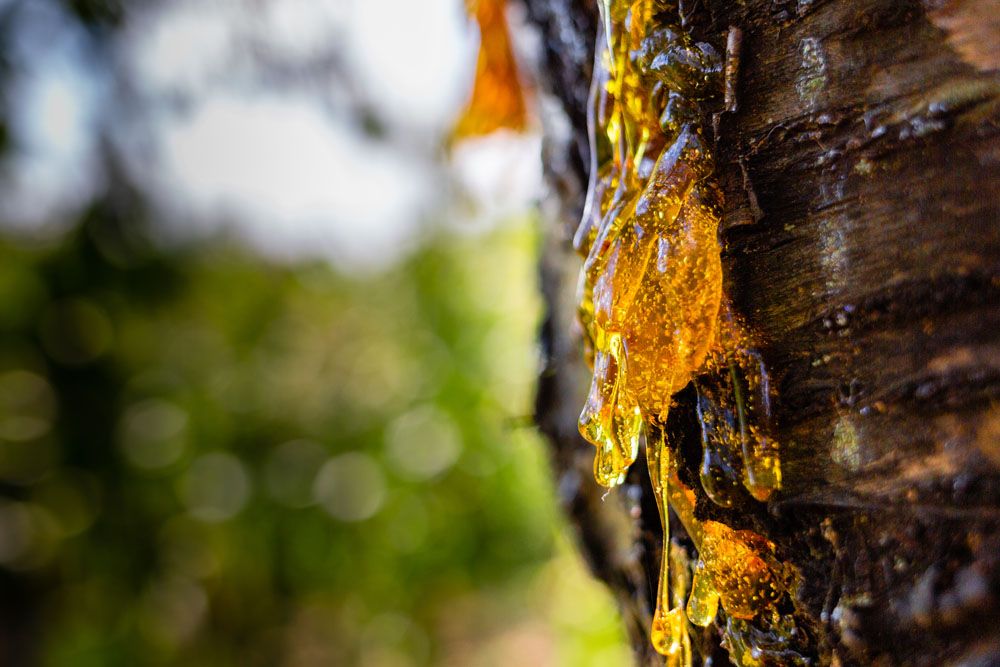
Oozing Sap
Oozing Sap
What is oozing sap?
Older trees may grow in unfavourable settings or in situations that aren’t ideal for that tree’s growth. The tree may have grown too massive for the space it occupies, or it may have gotten good shade at one time but is now larger and receives too much whole light. The soil may have accumulated old and unconditioned, and it no longer feeds the tree as well as it once did. All of these factors can induce bacterial wetwood to develop on a tree. Bacterial wetwood (also known as slime flow) is usually not harmful, but it can be a chronic condition that leads to the tree’s death if not treated.
Symptoms and Diagnosis about oozing sap:
New shoots or leaves on trees infected with Cytospora canker may become yellow or wilt. The bark develops open sores. Gummy, amber-coloured sap pours from the bark as the lesions develop. As the illness advances, curly orange threads (fungal chains) may emerge from the bark. The leaves may become brown and fall off. The disease destroys the wood beneath the cankers, frequently resulting in the death of whole branches. Infected wood and possible defoliation damage the tree, but if the infection spreads to the trunk, the entire tree may perish.
Why do trees ooze sap?
The bacterial wetwood will induce fractures in the tree’s wood, allowing the sap to ooze out. The flowing fluid slowly seeps out of the fissures and flows down the bark, depleting the tree’s nutrition. When a tree bleeds sap, you know there’s a problem, and it’s probably bacterial wetwood. When you observe a tree oozing sap and black bark regions around the location where the sap is seeping, it’s usually nothing to worry about except that it detracts from the tree’s appearance. It usually takes a long time for germs to grow before the tree dies. Slime flux can inhibit the healing of fissures in the bark as well as the growth of calluses.
Integrated Pest Management Strategies:
It is important to note that a tree with oozing sap isn’t always a sign that it’s about to die. It just implies it has been wounded, and ideally, something can be done to address the issue before it becomes chronic or deadly. So here are some management strategies that will be helpful for the treatment of oozing sap.
- When using lawnmowers or other yard and garden equipment, be careful not to injure the trunks. Injured tissue allows fungal spores to enter the tree, where they develop and invade the tissue. This is the most common way to become infected.
- Take precautions to avoid winter injuries. Plant in well-drained soils or amend the soil as needed to promote drainage. To prevent desiccation, avoid planting in exposed or windy places. Choose winterhardy cultivars that are appropriate for your hardiness To protect 1–3-year-old trees from cold damage, paint the lowest branches and trunks white latex paint.
- Maintenance and proper care. Maintaining the tree’s health will help to prevent insect borer damage. Late in the winter, prune and remove unhealthy branches. If at all feasible, burn infested wood.
- Increase the number of resistant kinds you plant. None of them is immune, but once the illness has taken hold, fungal growth is slowed.
